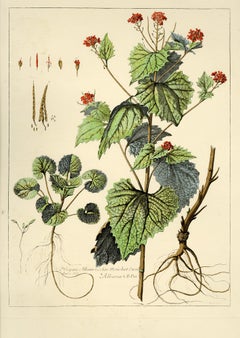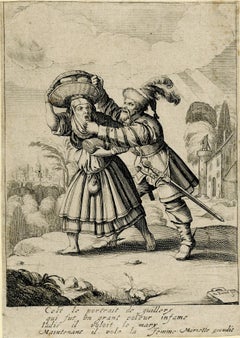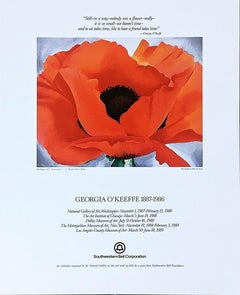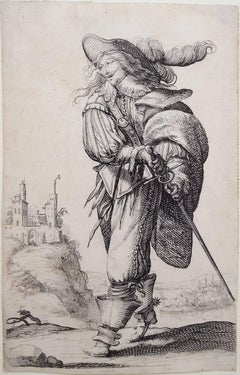Abraham Bosse Art
Abraham Bosse was a French artist, mainly as a printmaker in etching, but also in watercolor. He was born to Huguenot (Calvinist) parents in Tours, France, where his father had moved from Germany. His father was a tailor, and Bosse's work always depicted clothes in loving detail. He married Catherine Sarrabat at Tours in 1632. Bosse remained a Huguenot, dying before the Revocation of the Edict of Nantes, but was happy to illustrate religious subjects to Catholic taste. Roughly 1600 etchings are attributed to him, with subjects including daily life religion, literature, history, fashion, technology and science. Most of Bosse's output was illustrations for books, but many were also sold separately. His style grows from Dutch and Flemish art but is given a strong French flavor. Many of his images give informative detail about middle and upper-class daily life in the period, although they must be treated with care as historical evidence. Bosse's combination of very carefully depicted grand interiors with relatively trivial domestic subjects was original and highly influential on French art, and also abroad, William Hogarth's engravings are, among other things, a parody of the style. Most of his images are perhaps best regarded as illustrations rather than art. He was apprenticed in Paris about 1620 to the Antwerp-born engraver Melchior Tavernier (1564–1641), who was also an important publisher. Bosse's first etchings date to 1622 and are influenced by Jacques Bellange. Following a meeting in Paris about 1630, he became a follower of Jacques Callot, whose technical innovations in etching he popularised in a famous and much translated Manual of Etching (1645), the first to be published. Bosse took Callot's highly detailed small images to a larger size and a wider range of subject matter. Unlike Callot, his declared aim, in which he largely succeeded, was to make etchings look like engravings, to which end he sacrificed willingly the freedom of the etched line, whilst certainly exploiting to the full the speed of the technique. Like most etchers, Bosse frequently used the engraving on a plate in addition to etching but produced no pure engravings.
Late 17th Century French School Abraham Bosse Art
Watercolor, Lithograph
Mid-18th Century Old Masters Abraham Bosse Art
Handmade Paper, Engraving, Etching
Late 20th Century Modern Abraham Bosse Art
Lithograph
1980s American Realist Abraham Bosse Art
Lithograph, Offset
Early 1900s Art Nouveau Abraham Bosse Art
Lithograph
Late 20th Century Modern Abraham Bosse Art
Lithograph
17th Century Old Masters Abraham Bosse Art
Engraving
17th Century Old Masters Abraham Bosse Art
Ink, Laid Paper, Etching
1990s Abstract Abraham Bosse Art
Paper, Lithograph
Late 20th Century American Modern Abraham Bosse Art
Lithograph
1980s Contemporary Abraham Bosse Art
Lithograph, Screen
Michael HursonTwo Flies on a Bentwood Chair: colorful rainbow pop art landscape Micheal Hurson, 1987
19th Century Old Masters Abraham Bosse Art
Engraving
19th Century Old Masters Abraham Bosse Art
Engraving
19th Century Old Masters Abraham Bosse Art
Engraving
1620s Old Masters Abraham Bosse Art
Engraving, Etching, Intaglio



